
Dogs
The Samoyed is a good-natured, smiling dog with an uncanny understanding of human emotions. One of the purest of dogs, the Samoyed is a beautiful pure white teddy bear.
The Samoyed, once known as the Bjelkiers by the nomadic Samoyede tribe of Siberia, is a member of the spitz family found throughout the North and South poles. The Samoyede people allowed the dogs to breed with minimal human manipulation. This resulted in a breed of dog much like their wolf ancestors. They were used as sled dogs and guard dogs by the Samoyede people and protected their reindeer herds. Eventually, these pure white dogs become companions. In the late 1800s, the first Samoyeds were brought to England and the breed was quickly spread throughout the world.
In the early 1900s, the name of the breed was officially changed from Bjelkiers to Samoyede outside of Siberia. In 1923, the English Kennel Club decided to drop the "e" from the name to make it Samoyed. The American Kennel Club also decided to drop the "e" from the name in 1947 and the breed was officially named Samoyed and recognized as its own breed in the working dog class.
The Samoyed has a strong, wedge-shaped head with deep, dark eyes. The Samoyed is known for having curling lips, giving the impression of a perpetually smiling face. Their nose is black or brown and they have medium, pointed, erect ears with a tail curved over the back. The coat is thick with a soft undercoat that protects them from cold weather in their native Siberia. The color of the coat comes in pure white (which is preferred), biscuit, cream or can be mixed with white. The Samoyed stands 19 to 24 inches from the shoulder and weighs between 50 to 65 pounds.
The Samoyed is a classic sled dog, guard dog and household companion. Their beautiful appearance and loyal, obedient nature has caught the eye of many Americans. They love the snow and are happy to run and play with children. The Samoyed is good with other household pets. They are sensitive to the moods of their owners and want to be close by to comfort or join in on the fun. The Samoyed has a reputation of barking and being destructive if bored or left alone for long periods of time. They will bark at strangers, but do not make any aggressive moves unless they feel challenged or feel like their owner is being challenged.
The Samoyed is intelligent and need plenty of exercise to keep them occupied. They are easily trained and should be started at an early age with firm, patient handling. They become very sociable dogs and make excellent companions.
The Samoyed needs daily brushing and combing to keep his coat clean. This breed tends to shed heavily once or twice a year when the undercoat is shed. The coat remains white naturally. Bathing is difficult due to the thickness of the coat so you can use a dry shampoo from time to time. Do this by using unscented talcum powder and brush through the coat.
Due to his thick coat, the Samoyed tends to prefer cooler weather. In warm weather, this breed must be watched since they can overheat.
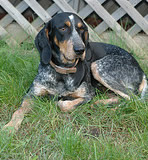 Bluetick Coonhounds: A guide to dogs and puppies of the Bluetick Coonhound breed
The Bluetick Coonhound!
The Bluetick coonhound belongs to t
Bluetick Coonhounds: A guide to dogs and puppies of the Bluetick Coonhound breed
The Bluetick Coonhound!
The Bluetick coonhound belongs to t
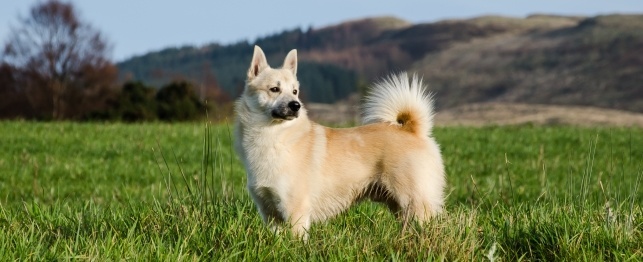 Norwegian Buhund Breed Profile - Choosing a Norwegian Buhund
Norwegian Buhund Breed Profile - Choosing a N
Norwegian Buhund Breed Profile - Choosing a Norwegian Buhund
Norwegian Buhund Breed Profile - Choosing a N
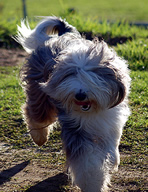 Bearded Collies: A guide to dogs and puppies of the Bearded Collie breed
The Bearded Collie!
The Bearded Collie or Beardie is shaggy
Bearded Collies: A guide to dogs and puppies of the Bearded Collie breed
The Bearded Collie!
The Bearded Collie or Beardie is shaggy
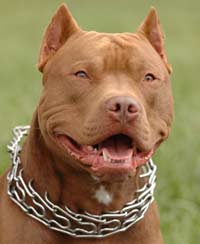 American Pitbull
American Pitbu
American Pitbull
American Pitbu
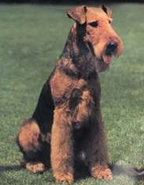 Airedale Terriers: A guide to dogs and puppies of the Airedale Terrier breed
The Airedale Terrier!
The Airedale is the largest in the te
Airedale Terriers: A guide to dogs and puppies of the Airedale Terrier breed
The Airedale Terrier!
The Airedale is the largest in the te
Copyright © 2005-2016 Pet Information All Rights Reserved
Contact us: www162date@outlook.com